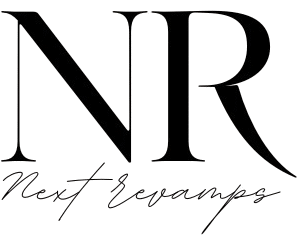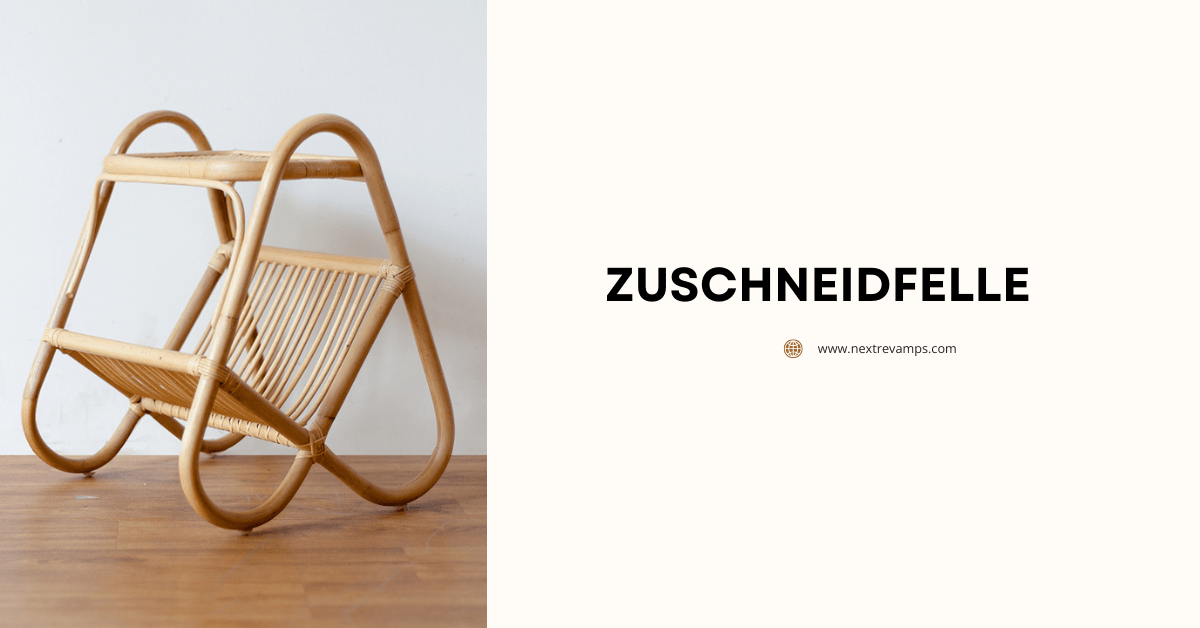There’s a moment in every ski tourer’s journey when they transition from pre-cut skins to the world of custom fitting. This is the realm of Zuschneidfelle—a German term that simply translates to “skins to be cut” or trim-to-fit ski skins. While the name might sound intimidating, mastering the process of trimming your own climbing skins is a rite of passage that unlocks superior performance, better value, and a deeper understanding of your equipment. This comprehensive guide is designed to demystify Zuschneidfelle, walking you through every step from material selection to the final cut, ensuring you have the confidence and knowledge to get it right the first time.
What Are Zuschneidfelle and Why Use Them?
Zuschneidfelle are universal climbing skins that are sold in a rectangular or slightly tapered shape, wider than any ski on the market. They come with an uncut adhesive strip and a removable backing paper. The core purpose is for you, the user, to meticulously trim the skin’s edges to match the exact sidecut of your specific skis.
But why go through the extra effort? The advantages are significant:
Advantages of Zuschneidfelle vs. Pre-Cut Skins:
-
Perfect Custom Fit: A perfectly trimmed skin provides maximum grip by ensuring the entire glue area is in contact with your ski base, with no gaps along the edges.
-
Versatility: One set of Zuschneidfelle can be transferred between different pairs of skis, as long as they are of a similar width, making them a cost-effective solution for a multi-ski quiver.
-
Cost-Effectiveness: Historically, trim-to-fit skins have been less expensive than their pre-cut counterparts, though this gap has narrowed.
-
Availability: For skis with unusual dimensions or very wide powder skis, Zuschneidfelle are often more readily available than specific pre-cut models.
Pros & Cons at a Glance:
-
Pros: Perfect fit, multi-ski compatibility, often better value.
-
Cons: Requires time, patience, and the right tools; potential for user error during the cutting process.
Material Comparison – Mohair vs. Synthetic vs. Hybrid
The material of your climbing skins is the single biggest factor influencing their on-snow performance. Understanding the trade-offs between grip (traction) and glide (speed) is crucial when selecting your Zuschneidfelle.
-
Mohair (Goat Hair): Sourced from the Angora goat, mohair is the gold standard for glide.
-
Pros: Exceptionally smooth and fast glide, lightweight, less prone to ice buildup.
-
Cons: Less aggressive grip on steeper, icier ascents; generally less durable than nylon; higher cost.
-
Best For: Skiers who prioritize speed on rolling terrain, longer tours, and in good snow conditions.
-
-
Synthetic (Nylon): The workhorse of the skin world, nylon provides maximum grip.
-
Pros: Superior traction and durability, especially on hard or icy slopes; more affordable.
-
Cons: Slower glide, can feel “sticky”; heavier; can be more prone to absorbing moisture and icing.
-
Best For: Beginners, those who frequently tour in steep or variable/icy conditions, and anyone on a budget.
-
-
Hybrid (Mohair/Nylon Blend): This category aims to offer the “best of both worlds” and has become incredibly popular.
-
Pros: Balances the glide of mohair with the grip and durability of nylon. The specific blend ratio (e.g., 70/30 mohair/nylon) allows you to fine-tune performance.
-
Cons: Can be more expensive than pure nylon skins.
-
Best For: The vast majority of tourers seeking a versatile, all-around performer.
-
Sustainability Note: Some manufacturers, like Pomoca, are now leading the way with more sustainable practices, using recycled materials in their backing and adhesives, and offering recycling programs for old skins.
Tools & Preparation Checklist
Before you make the first cut, gather your tools and prepare your workspace. Rushing this process is the most common cause of mistakes.
Essential Tools:
-
Zuschneidfelle (obviously!)
-
A sharp scoring tool or a fresh utility knife blade.
-
A ski skin cutting tool. Brands like Black Diamond and Pomoca offer excellent dedicated tools with a metal guide.
-
Isopropyl alcohol and a clean, lint-free cloth.
-
Ski straps or a clean, flat surface.
-
Scissors for trimming the tail clip area.
Preparation Steps:
-
Clean Your Skis: Thoroughly clean your ski bases and edges with isopropyl alcohol. Any dirt or grease will prevent the skin from adhering properly during the trimming process.
-
Set Up a Workspace: Use a large table or a clean floor space. Lay down a towel or cardboard to protect the skin’s glue.
-
Secure the Ski: Use ski straps to secure the ski to the table, or have a helper hold it steady. The ski must not move during cutting.
-
Dry Fit: Unroll the skin and position it on the ski, ensuring it is centered. Attach the tail clip first, then slowly pull the skin up towards the tip, removing the backing paper as you go. Smooth out any major bubbles.
Step-by-Step Guide to Trimming Zuschneidfelle
This is the moment of truth. Follow these steps methodically for a professional result.
Measuring & Marking
The goal here is precision. Once the skin is smoothly adhered to the base, take your cutting tool. Most dedicated tools have a built-in guide wheel that runs along the ski’s metal edge. Do not cut flush with the edge! You must leave a small, consistent gap (approximately 1-2 mm) between the skin’s edge and the metal edge of the ski. This prevents snow from being pushed up under the skin and allows for proper ski edging during transitions.
-
Pro Tip: If you don’t have a dedicated tool, you can use a pen to lightly trace a line 1-2mm inside the metal edge as a visual guide before cutting.
Rough Cutting
With the tool’s guide firmly pressed against the side of the ski, apply consistent pressure and pull the tool from the tail to the tip in one smooth, continuous motion. Do not saw back and forth. The sharp blade will score the skin’s material. You are not trying to cut through the backing paper in one go. This first pass is about creating a clean, scored guideline.
Fine Adjustments & Tailclip Mounting
After scoring both sides, carefully peel the skin off the ski. You will now see the scored lines. Gently fold the skin along these lines, which will allow you to cleanly cut through the excess material and the backing paper with scissors or a knife. For areas around the tip and tail, you may need to make small, careful cuts with scissors to follow the curve. Finally, attach the tail clip according to the manufacturer’s instructions—this usually involves punching holes and securing it with the provided hardware.
Common Mistakes & Fixes
-
Mistake: Cutting the skin flush with the metal edge.
-
Fix: Unfortunately, you can’t add material back. If the gap is too small, the skin may not perform optimally. If it’s drastically too wide, you’ve compromised grip and may need a new set.
-
-
Mistake: Rushing and creating a wavy, uneven cut.
-
Fix: Use a steady hand and a sharp blade. Pull the tool smoothly and confidently. A slightly wavy line is better than one that constantly crosses the 2mm gap boundary.
-
-
Mistake: Cutting the skin too short.
-
Fix: Always start with the skin centered and the tail clip attached before trimming the sides. Most Zuschneidfelle are generously long.
-
Care & Maintenance After Trimming
Your work isn’t done once the skins are cut. Proper care extends their life and maintains performance.
-
Cleaning & Drying: After every tour, remove snow and moisture. The best practice is to use skin savers (glue protectors) every time you store them. Periodically, hand-wash skins in lukewarm water with a mild tech wash soap to remove dirt and old glue.
-
Glue Maintenance: If glue starts to fail, leaving sticky residue on your skis or losing adhesion, it can be revived. Techniques range from a simple re-activation with a warm iron (on a low, non-steam setting with parchment paper as a barrier) to a full re-glueing process. Follow manufacturer guidelines closely, as found on Backcountry.com‘s Learn Hub.
-
Storage & Repair: Store skins flat, preferably with skin savers, in a cool, dry place. Small nicks can be repaired with a dab of seam grip, and delamination along the edges can often be fixed with a specific adhesive.
Buying Guide – Choosing the Right Zuschneidfelle
Before you click “add to cart,” consider these key factors:
-
Width: Measure the widest point of your ski’s waist. Your skin should be at least as wide as this measurement. It’s better to have a little extra to trim than not enough.
-
Material: Decide on the mohair/synthetic balance based on your typical touring style and conditions (refer to the section above).
-
Glue Type: Most modern skins use a low-temperature, non-hydroscopic glue that resists icing. Some brands offer different glue formulas for specific climates.
-
Tip & Tail Attachments: Ensure the system (e.g., loop, hook, or hybrid) is compatible with your skis. Most are universal, but it’s good to double-check.
Top Brands to Trust:
-
Pomoca: Renowned for their excellent glide-to-grip ratio and lightweight designs. (Outbound link:
https://www.pomoca.com) -
Black Diamond: A market leader known for durability and innovative designs like the GlideLite Mohair Blend. (Outbound link:
https://www.blackdiamondequipment.com) -
G3: Famous for their universal tip connector and robust, high-performance skins. (Outbound link:
https://www.genuineguidegear.com)
FAQs on Zuschneidfelle
Q1: Can I re-trim a set of Zuschneidfelle for a different, narrower ski?
A: No. Once you trim the skin, you remove material permanently. They can only be used on a ski that is the same width or narrower than the one they were originally cut for.
Q2: How often should I re-glue my ski skins?
A: With proper care (using skin savers, cleaning after tours), a good set of skins can last 100+ days before needing a re-glue. Signs it’s time include persistent glue transfer to your ski bases or loss of stickiness.
Q3: My skin glue is too sticky and hard to peel. What’s wrong?
A: This is often due to cold temperatures. Try warming the skin slightly by folding it and putting it inside your jacket for a few minutes before separation.
Q4: Are mohair skins durable enough for rocky, low-snow tours?
A: While less durable than nylon, high-quality mohair and hybrid blends are surprisingly tough. However, if you frequently encounter sharp rocks, a nylon or nylon-heavy hybrid might be a more prudent choice.
Q5: What’s the best way to dry skins after a wet tour?
A: Never place them directly on a heater or radiator. Hang them at room temperature, glue-to-glue (with the glue sides touching each other) or over the back of a chair with the glue side out, away from direct heat and sunlight.
Conclusion
Embracing Zuschneidfelle is more than just a purchase; it’s an investment in your ski touring mastery. The process of meticulously trimming your own skins creates a direct connection to your gear, fostering a deeper understanding of how each component works in harmony. The result is a flawless, custom fit that maximizes grip, enhances glide, and provides the reliable performance you need to confidently explore the mountains. By choosing the right material, using the proper technique, and committing to ongoing care, your Zuschneidfelle will be a trusted partner for countless adventures to come.








2 thoughts on “Zuschneidfelle: Your Complete Guide to Trimming Ski Skins for Perfect Fit”